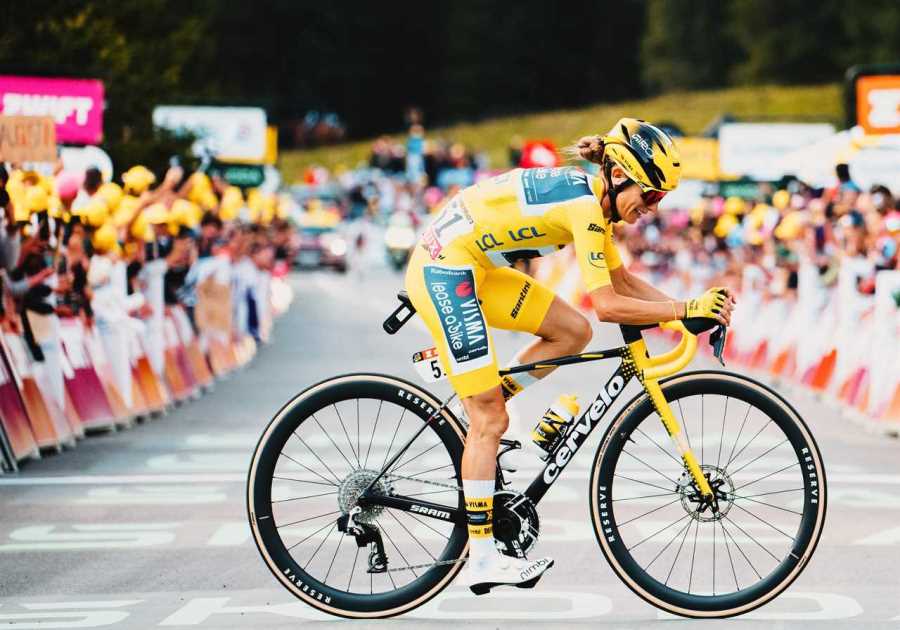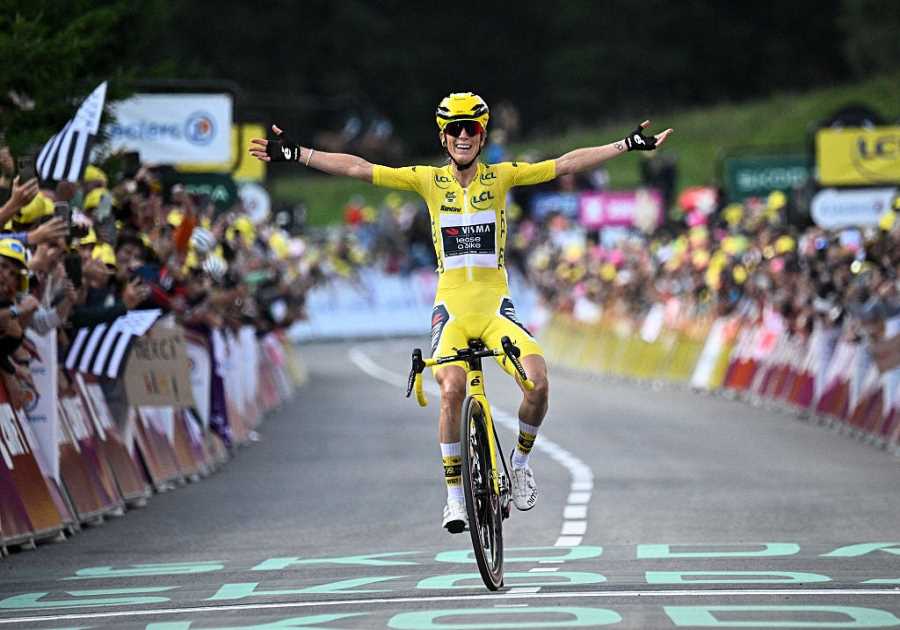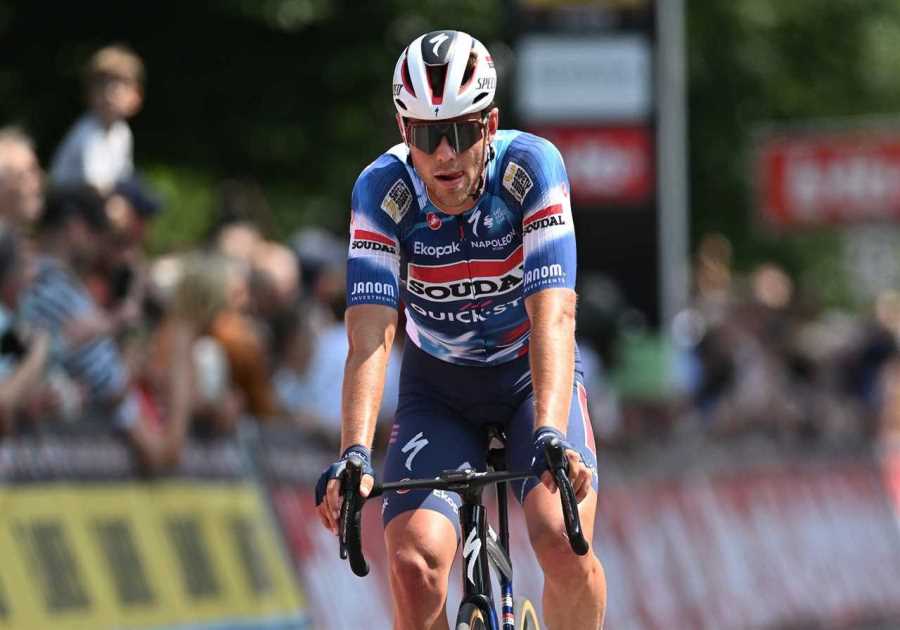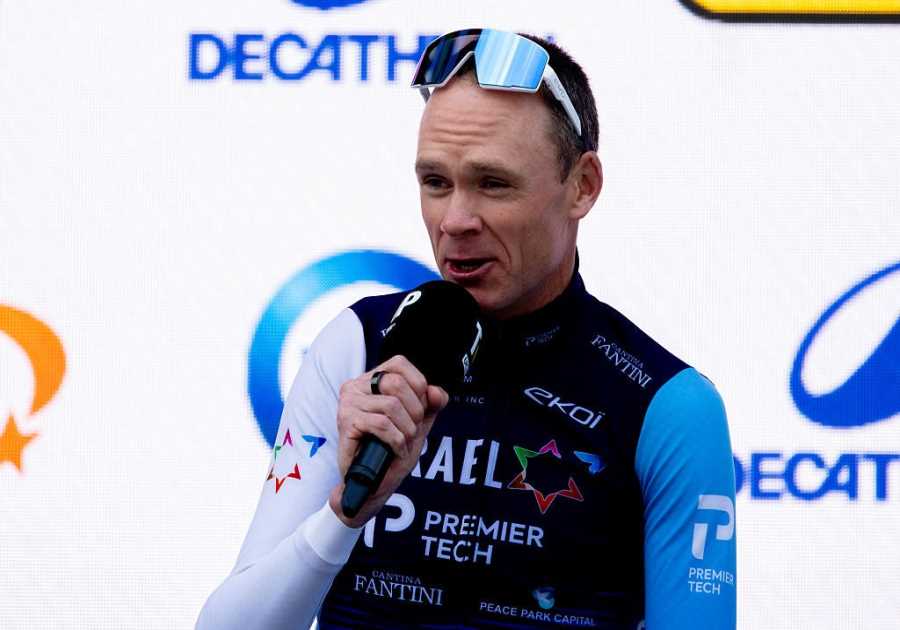HOSTED BY: https://fatmtnbike.com
TODAY'S RIDE
BMC launches the Kaius, its first gravel race bike
Today BMC announced the Kaius, a wholly new model to its lineup and entry into the gravel racing space. This new model borrows heavily from BMC’s existing integrated and proprietary road designs with hidden cabling, integrated (but not proprietary) bottle cages, and a general aesthetic you can pick out from a mile away. Meanwhile, it offers expanded tyre clearance and gearing range options compared to BMC’s pre-existing URS gravel bike.
We’re expecting to soon get our hands on the Kaius for a longer-term review, but in the meantime, here are some key details to know.
A gravel-specific approach
The Kaius may be BMC’s gravel race bike, but it’s not the Swiss company’s first foray into gravel riding. The company released its rather innovative go-anywhere URS platform back in 2019, and has since followed it up with a front suspended version in the URS LT. By comparison, the Kaius somewhat fills the gap between the company’s sporty endurance road bike, the Roadmachine, and the mountain-bike-esque URS.
As you’d expect for a new carbon bike release, BMC claims that the Kaius’ carbon layup has been designed to be stiff, light, and compliant. That compliance is said to sit somewhere between the Teammachine and the URS. However, heard less often in releases of new race bikes is the claim of impact resistance in areas likely to take a knock, which BMC is also claiming.
The geometry borrows the longer reach and shorter stem introduced with the URS, but the Kaius doesn’t go quite as far with the mountain bike-inspired concept. Compared to the URS, the effective reach figures (frame reach plus stem length) are longer, while the stack heights are lower, which together make for a more road-like position. Meanwhile, the wheelbases are a few centimetres shorter, partly due to the 5 mm shorter chainstays (420 mm length), but mostly related to the 2° steeper head angle (72°) and shorter fork offset (45 mm for most sizes). Additionally, the URS was designed for good ground clearance in rough terrain, while the Kaius sits noticeably lower with its 80 mm bottom bracket drop.
As is expected for a race bike, the Kaius should offer slightly quicker steering with its 68 mm trail figure (based on a 40 mm tyre). That figure, which is far from the shortest trail figure going, almost replicates the company’s stable-handling road race bikes once you factor in the larger tyre size.
Road bike integration
BMC has long stood at the forefront of cable integration in drop bar bikes. In 2016 the Roadmachine was one of the first to conceal the cables and disc brake hoses inside the stem and through the top headset bearing. Meanwhile, the URS 01 was arguably the first gravel bike to receive such aesthetic cleanliness. The Kaius borrows the company’s ICS system but ups the integration (at least with the top-end model) with a one-piece handlebar and stem that’s effectively a gravel version of what was introduced with the latest Teammachine SLR01.
Designed to add an aero benefit (and perhaps most importantly, look nice), this one-piece ICS Carbon Aero Cockpit is claimed to weigh just 315 grams. Somewhat unexpected is that all six frame sizes share the identical narrow-width handlebar, which sits at just 360 mm at the top and flares to 420 mm at the drops (12.5° flare). BMC claims this narrower width follows recent trends in road racing to reduce a rider’s frontal profile. However, I expect larger riders will have a steep learning curve in getting used to this particular product decision. And it’s worth noting that BMC isn’t simply trying to use the same bar across all sizes as the integrated stem lengths vary based on frame size.
Those not looking at the top-tier Kaius will find a more size-appropriate two-piece handlebar assembly that retains BMC’s ICS concealed cabling. This two-piece bar and stem is likely to be about 100 grams heavier, but at least you’ll get size-appropriate bar widths.
Speaking of weights, BMC claims a figure of 910 grams for a 56 cm Kaius frame. Add a further 400 grams for the fork, and then just 160 grams for the surprisingly light D-shaped seatpost. The claimed 1.785-kg module weight (including the ICS Carbon Aero Cockpit) makes the Kaius one of the lighter gravel race packages around.
Further integration is seen with BMC’s Aerocore concept, which integrates BMC’s unique bottle cages into the tube profiles just like what we’ve seen offered with recent road models (regular bottle cages can be fitted in place). And as expected, all the truncated airfoil tube profiles closely match what the Teammachine and BMC’s other road bikes offer.
Other details shared with the Teammachine include the closed thru-axle dropouts (with no visible threads on the driveside dropouts) and the PF86 (Shimano style) press-fit bottom bracket shell.
Things you aren’t locked into
Our somewhat recent review of the BMC URS LT mentioned that the 700×42 mm tyre clearance and 1x-only gearing compatibility show the design age of the frame. After all, plenty of new gravel bikes offer more tyre clearance without having to give up the front derailleur, and thankfully, the Kaius is now no exception. BMC’s new gravel bike offers room for up to 700 x 44 mm tyres (based on 6 mm surrounding clearance) and front derailleur compatibility, all while shortening the chainstays as compared to the URS. And that increase in space comes with no strange compromises and is instead the result of recent trends in getting the chainstays super narrow between the tyre and chainring, as well as gravel-specific groupsets offsetting the chainring a smidge.
Like the URS, the Kaius features a flexible D-shaped seatpost that quite cleverly can be swapped out for a 27.2 mm dropper post (with the aid of a shim that creates a round surface at the back of the seat tube). Up front, bikes equipped with the two-piece ICS handlebar and stem can earn more comfort with BMC’s newly announced MTT suspension stem – a collaboration with Redshift Sports. Lastly, there are the prerequisite bolts for a top tube snack bag.
Models and pricing
BMC has launched the Kaius in a choice of three models.
At the top level – and the only to feature the one-piece handlebar and stem – is the Kaius 01 One. Priced at US$12,000 / €11,500, this model spares little expense with a SRAM RED AXS XPLR 1x groupset, Zipp 303 Firecrest wheels, and Pirelli Cinturato Gravel H tyres in a 40 mm width.
Spend US$9,000 / €8,500, and you’ll get the Kaius 01 Two, which features the same frame, fork and seatpost, but rather moves to BMC’s RCB01 Carbon handlebar and separate ICS2 stem. This model features a SRAM Force AXS Wide 2×12 group and rolls on Zipp’s entry-level 303 S carbon wheelset.
Lastly, the Kaius 01 Three will retail for US$6000 / €5,500 and features the same frame module as the Two. This model features a SRAM Rival AXS Wide 2×12 group and has BMC’s own 40 mm depth tubeless-ready carbon wheels (the same ones our tested URS LT came with).
More to come
A lot is going on with this bike, and we can assure you it’s not the only do-it-all and road-bike-look-a-like gravel race bike you’ll see released this year. Expect a detailed review of this bike in the coming few months.
Read MoreBy: Dave Rome
Title: BMC launches the Kaius, its first gravel race bike
Sourced From: cyclingtips.com/2022/09/2023-bmc-kaius-gravel-race-bike/
Published Date: Tue, 06 Sep 2022 16:49:15 +0000
___________________






